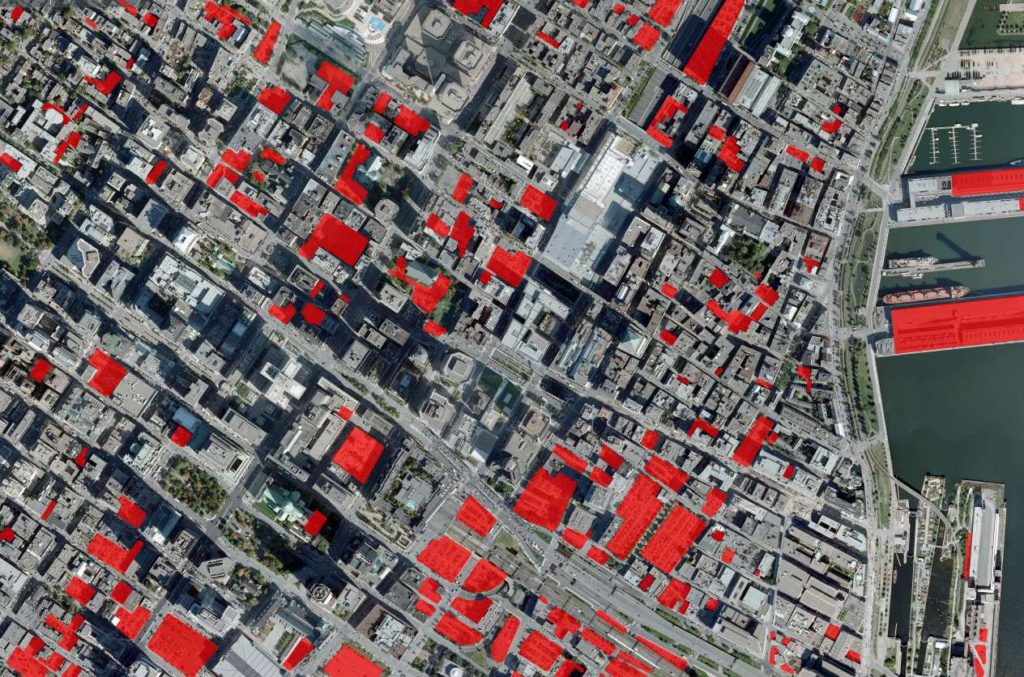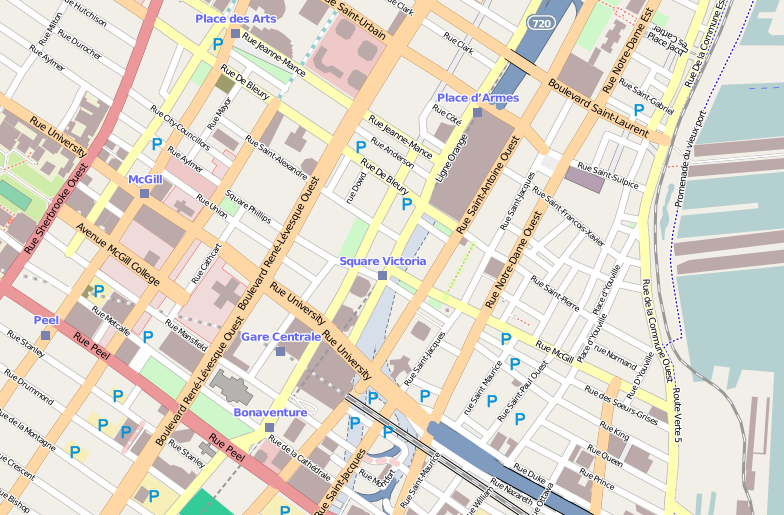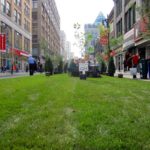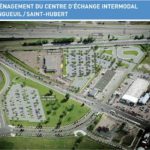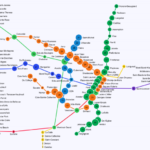Hidden costs of Parking
August 19th, 2010 by ant6nFree Parking is not as cheap as you might think. At least according to Donald C. Shoup, professor of urban Planning at the University of California, who published a 733-page book on the “The High Cost of Free Parking.” The basic premise is that zoning requirements and regulations requiring large amount of parking act as subsidies to car ownership and car trips.
The subsidies are mostly hidden, which adds to the car owners sense of entitlement to cheap parking availability, and generally to the perceived freedom of the car; but the results are more visible. There is excessive amount of downtown land for cars, causing more sprawl and more automobile usage.
If developers were allowed to face directly the high land costs of providing so much parking, the number of spaces would be a result of a careful economic calculation rather than a matter of satisfying a legal requirement. Parking would be scarcer, and more likely to have a price — or a higher one than it does now — and people would be more careful about when and where they drove.
According to the article, 99% of all car trips in the us end in free parking space and Professor Shoup estimates that in 2002, the subsidy to parking amounted to 127$ billion in the United States. In a way this means that transit users are subsidizing car ownership more than car owners are subsidizing transit, contrary to the general perception.
Within this context it’s interesting that San Francisco started a pilot project which will not only show the availability of all parking spots in certain areas in a smart phone app, but it will also allow the prizes to shift according to market demands. Jarret at HumanTransit views this as the beginning of the free market of parking, but the spots only compute with each other, up to a regulated maximum. In a real market, the land use as parking spots would be in competition other possible uses fore these spaces.
One possible argument for cheap parking is that in places where there are no adequate transportation alternatives, parking is necessary, and without it the city centers will suffer. I believe the argument actually goes the other way round — that an increased focus on automobile travel and ownership, and (possibly indirect) subsidies for parking will hurt public transportation and cause less walkable communities. It will also move residential areas farther away from business owners in downtown, hurting city centers.
Let’s look at Montreal as an example of a city with very high transit use (the second highest in North America, after New York). Presumably there should be enough transit alternatives, so that a lot of parking is not really necessary, and a real market should force them away from the high density downtown areas. That is, parking lots should not be able to compete with actual retail development. I decided to mark a downtown area, and fill out all the parking visible from above. The chosen 1.1 square mile area is enclosed by McGill University in the West, Place des Arts in the North, the old port in the East and the Bell Centre in the South. This area includes the commercial center and the old town, and includes six metro stations and two commuter rail stations. The result is the image above. It is striking how much parking area there actually is smack in downtown. And while Montreal is generally considered a fairly European city, with a lot of transit, a pioneering bike sharing system and many walkable areas, it seems that the urban landscape of downtown is forced into one one huge, ugly parking lot.
On a side note, the inefficient use of space, sprawl and bad downtown development is an example of the negative externalities of car culture, that, just like the problems to health (like obesity or commuting stress), has nothing to do with Pollution and Global Warming. This means that even the electric car, with the first mass produced model coming out later this year (although the introduction is slower than expected), will not solve any of these problems, even if they ran completely on ‘green’ electricity.
